The Dot and the Line
8 /10 1 Votes8
Music director Eugene Poddany Country United States | 7.8/10 IMDb Genre Animation, Short, Comedy Duration Language English | |||||||||||||||||||||||||||||||||
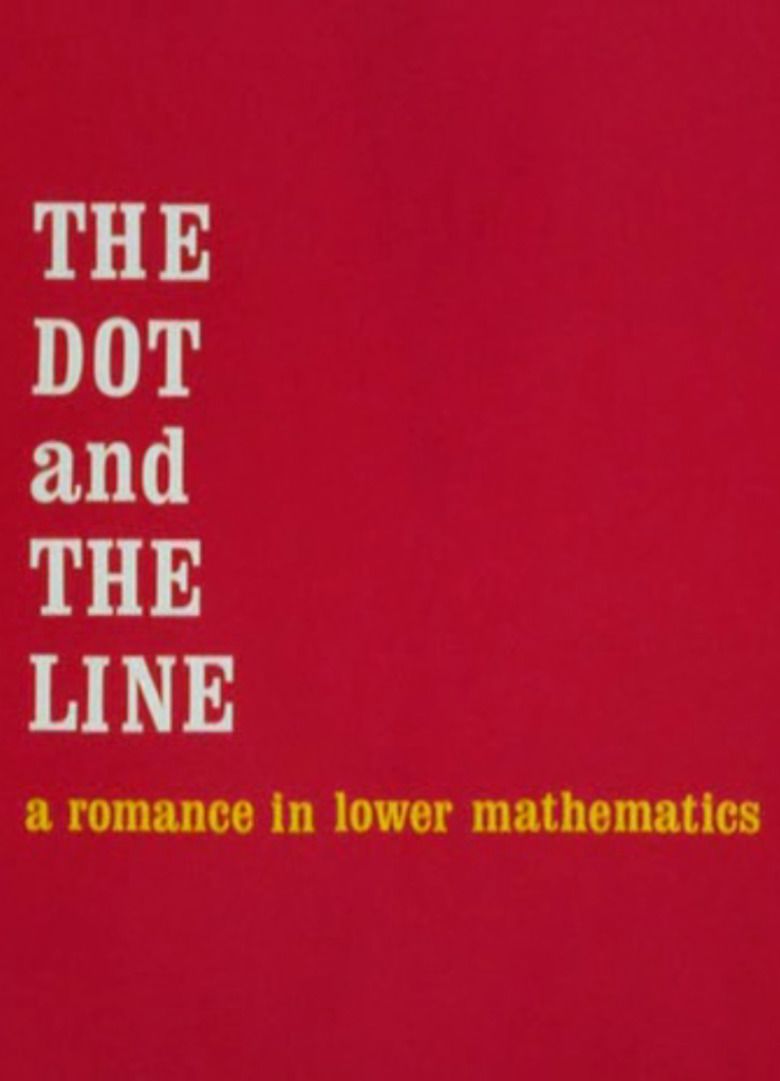 | ||||||||||||||||||||||||||||||||||
Director Chuck JonesMaurice Noble (co-director) Release date December 31, 1965 (1965-12-31) Initial release December 15, 1965 (New York City) Similar movies Related Chuck Jones movies | ||||||||||||||||||||||||||||||||||
The Dot and the Line: A Romance in Lower Mathematics (ISBN 1-58717-066-3) is a book written and illustrated by Norton Juster, first published by Random House in 1963. The story was inspired by Flatland: A Romance of Many Dimensions, in which the protagonist visits a one-dimensional universe called Lineland, where women are dots and men are lines.
Contents
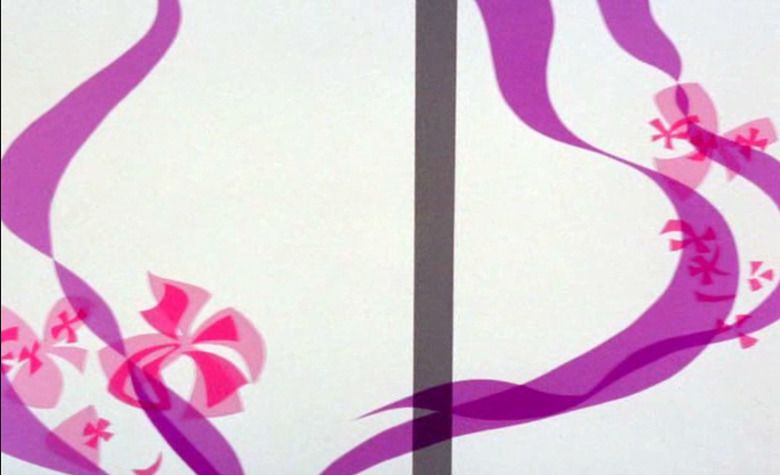
In 1965, famed animator Chuck Jones and the MGM Animation/Visual Arts studio worked with Norton Juster to adapt The Dot and the Line into a 10-minute animated short film for Metro-Goldwyn-Mayer, narrated by Robert Morley with the narration almost verbatim to the book. The Dot and the Line won the 1965 Academy Award for Animated Short Film. It was entered into the Short Film Palme d'Or competition at the 1966 Cannes Film Festival.
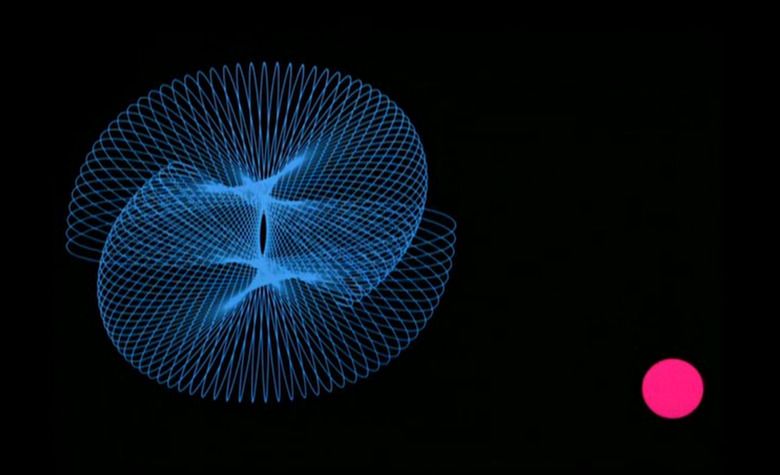
The cartoon was released as a special feature on The Glass Bottom Boat DVD in 2005. The cartoon is also featured on the 2008 release of Warner Home Video Academy Awards Animation Collection and the 2011 release of the Looney Tunes Platinum Collection: Volume 1 Blu-ray box-set on the third disc as a special feature. In 2005, Robert Xavier Rodriguez made a musical setting of the book for narrator and chamber ensemble with projected images, and in 2011 he made a version for full orchestra.
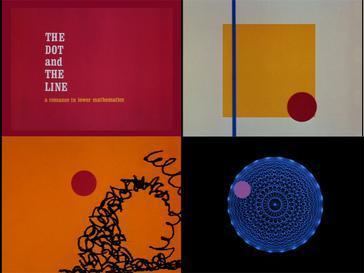
Story

The story details a straight line who is hopelessly in love with a dot. The dot, finding the line to be stiff, dull, and conventional, turns her affections toward a wild and unkempt squiggle. The squiggle then takes advantage of the line's stiffness by reminding him that he's a lot more fun for the dot. The line's friends try to get him to settle down with another female line, but he refuses. He tries to dream of greatness until he finally understands what the squiggle meant and decides that he needs to be more unconventional. Willing to do whatever it takes to win the dot's affection, the line manages to bend himself and form angle after angle until he was nothing more than a mess of sides, bends and angles. After he straightens himself out, he tries this new ability again, creating shapes so complex that he has to label his sides and angles in order to keep his place. When competing again, the squiggle claims that the line still has nothing to show for the dot. He proves his rival wrong and is able to show the dot what she's really worth with him. She realizes that she has made a mistake after seeing what the line was really offering her. The dot wondered what she had thought she saw in the squiggle to be freedom and joy was nothing more than chaos and sloth. The squiggle tries to reclaim her love, but finds himself out of shape. Fed up, the dot tells him off how she really feels about him. She leaves with the line, having realized that he has much more to offer, and the punning moral is presented: "To the vector belong the spoils."
Legacy
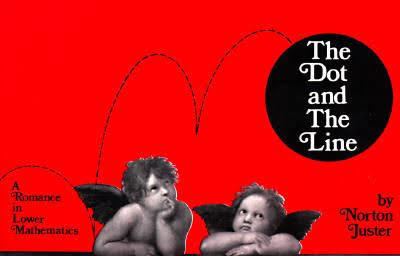
The Dot and the Line served as the inspiration for a collection of jewelry by designer Jane A. Gordon. The short film also inspired The Dot and Line, a blog that publishes essays about cartoons and interviews with voice actors and creators like Fred Seibert, Natalie Palamides, and Brandon Vietti.
References
The Dot and the Line WikipediaThe Dot and the Line IMDb The Dot and the Line themoviedb.org
